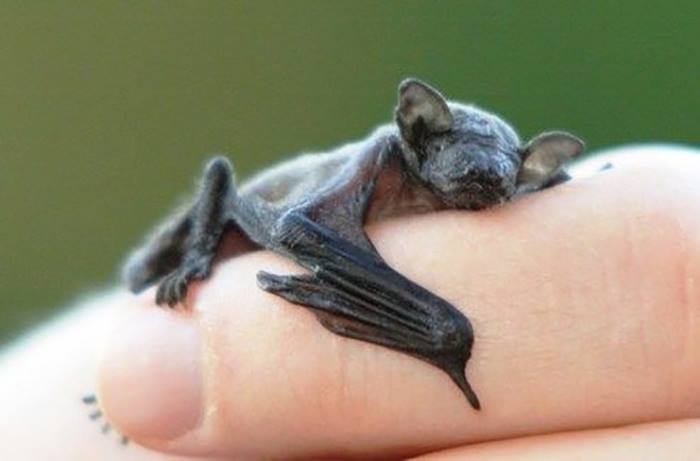
Photo: Facebook/Animal’s Bubbles
Unfortunately, all this attention from humans has had negative consequences on the world’s smallest mammal. As Thai bat expert Pipat Soisook told Mongabay a few years back, some caves have been turned into ‘show grottos’ which has unfortunately led to the destruction of bat habitat.“Ecotourism should be fine when tourists do not destroy or modify natural habitat,” Soisook said. “However, in most cases, when promoting a cave as a tourist attraction [guides] usually modify the cave to make it more comfortable for the tourists.”
According to a 2009 survey, the Thai Bumblebee Bat population is around 45,000, but no data is available on Myanmar, where the number of bats is expected to be much lower due to the bat’s specific microhabitat requirements.
Bumblebee Bats are known to live in small colonies of between 10 and 100 individuals – although up to 500 bat colonies have been reported – and are nocturnal predators, using echolocation to hunt various species of insects. The tiny bats leave their roosts only 30 minutes in the evening and 20 minutes at dawn.
Interestingly, Kitti’s Hog-nosed Bat is the only living species in the family Craseonycteridae.






